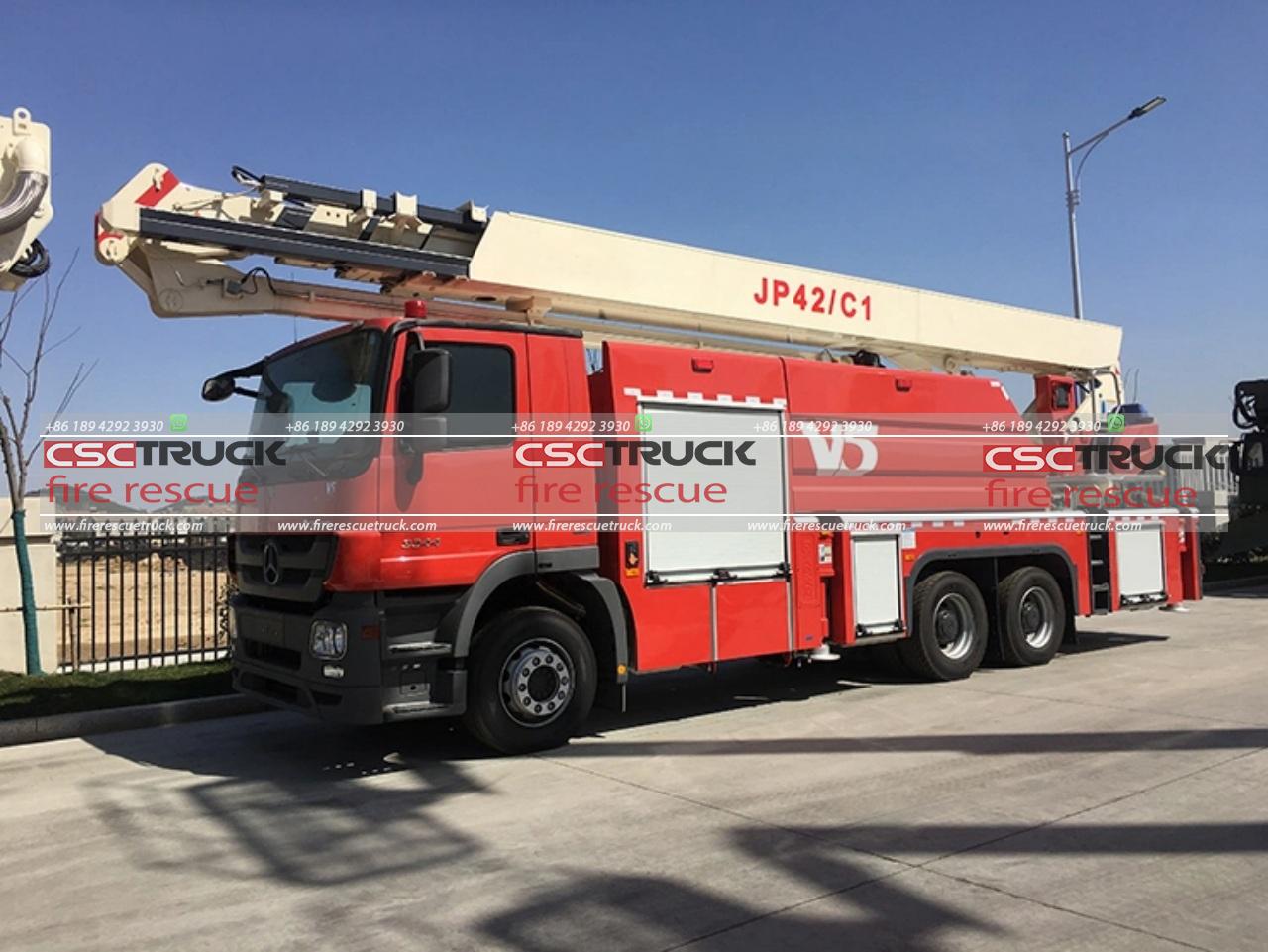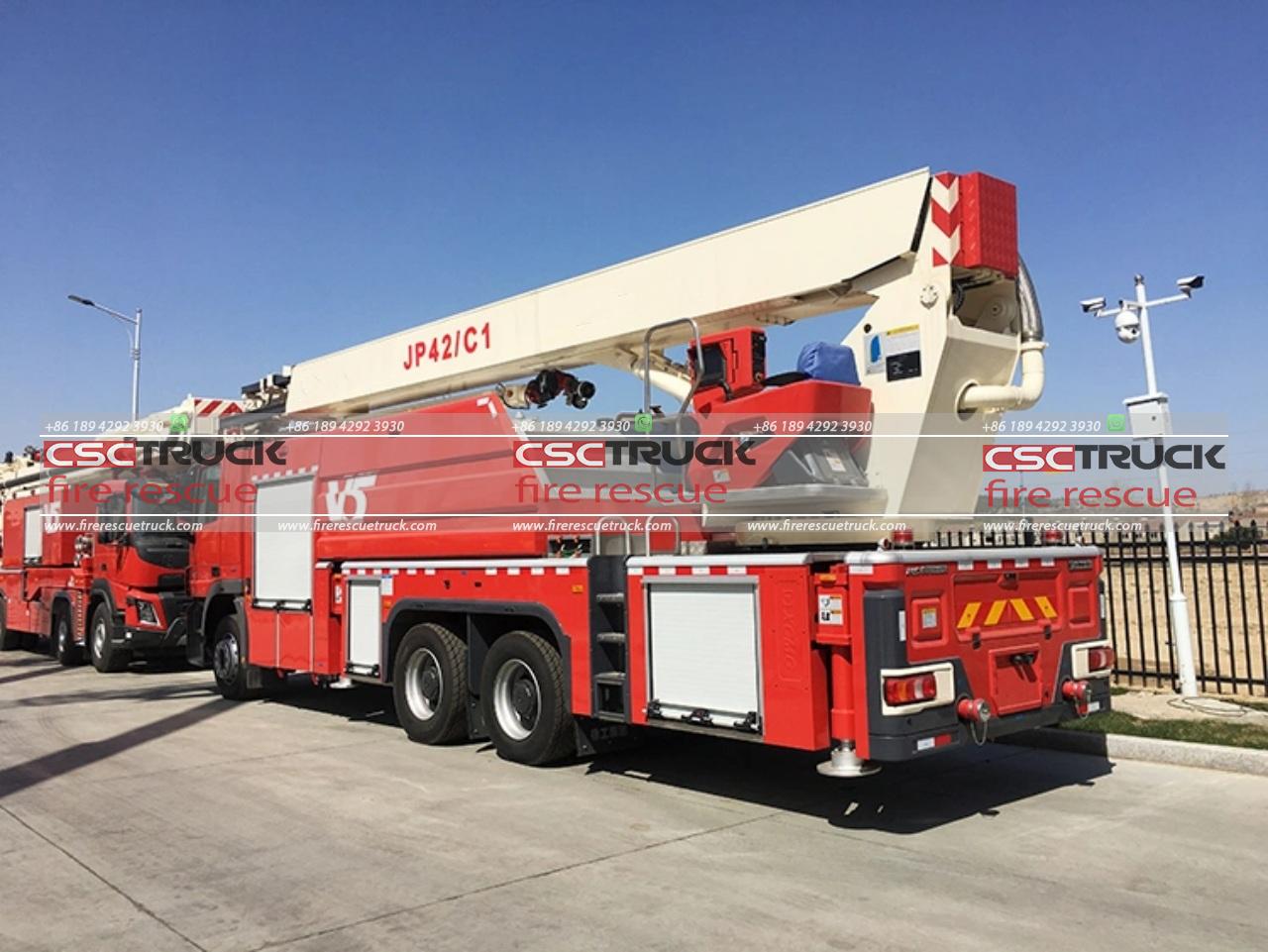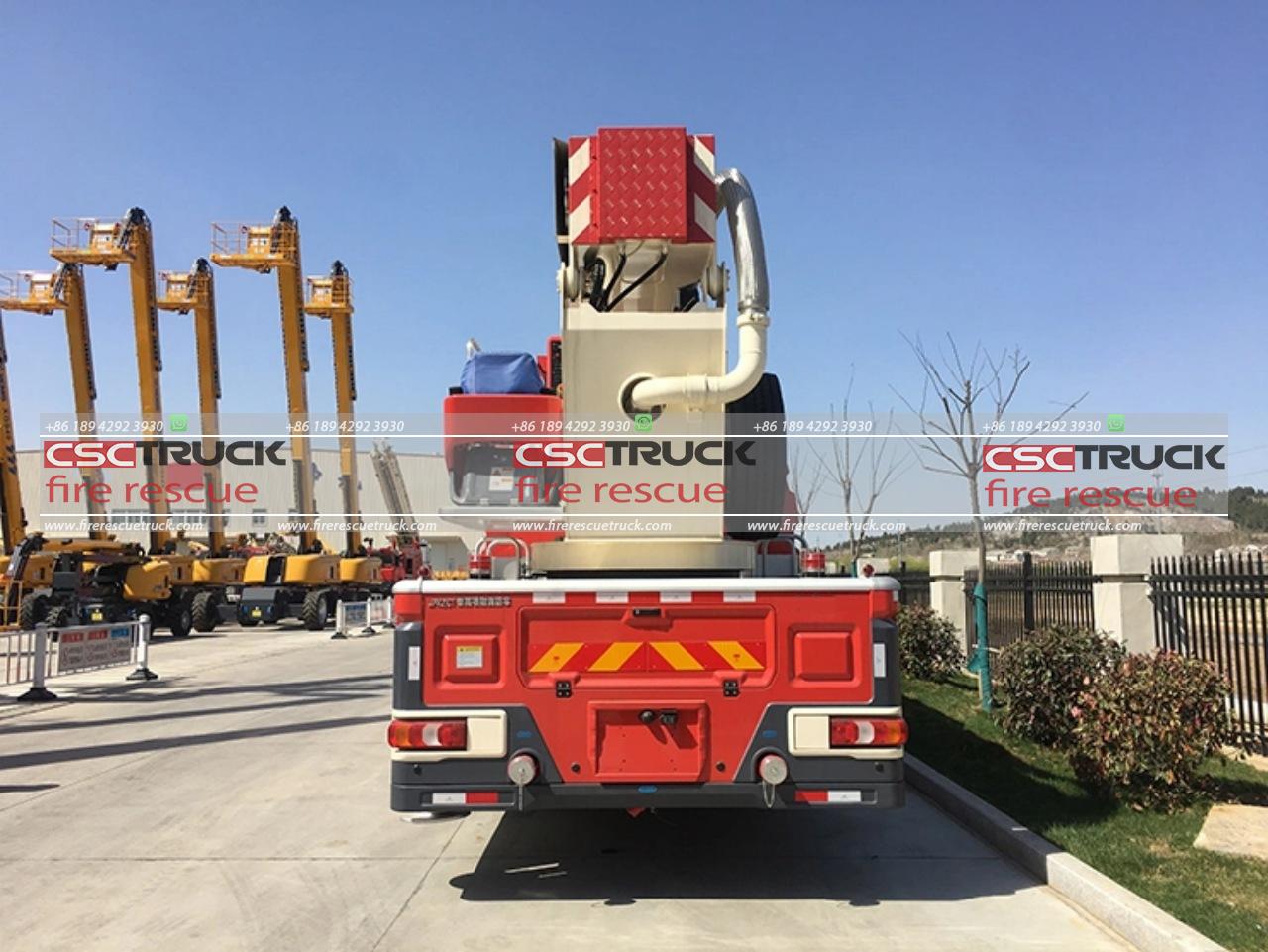The spelling of certain compound words in English can be a source of confusion, and “firetruck” versus “fire truck” is a perfect example of this linguistic puzzle. While both spellings are commonly used, understanding when and how to use each can depend on various factors, including regional preferences, style guides, and grammatical conventions.
Origins and Evolution
The word “firetruck” originated as a compound noun combining “fire” and “truck,” reflecting its primary function as a vehicle used to combat fires. This compound construction follows English rules where 2 separate words are joined to form a single concept. Over time, the space between “fire” and “truck” has been a point of variability, leading to the emergence of both “firetruck” and “fire truck” as accepted spellings.

Usage and Preferences
In American English, “firetruck” tends to be more commonly used, appearing in everyday contexts and formal writing alike. It simplifies the compound into a single word, aligning with the trend of creating new compound nouns for technological and specialized purposes. This usage is consistent with the streamlined approach to language often favored in American linguistic conventions.
Conversely, British English and other Commonwealth varieties often prefer the 2-word form, “fire truck,” which adheres more closely to traditional English orthography rules. This preference reflects a broader tendency in British English to retain separations between words in compound nouns, maintaining clarity and adherence to historical linguistic norms.
Regional Variations
Beyond American and British preferences, regional variations exist within both dialects. For instance, some American regions or publications may still opt for “fire truck” for formal or technical writing, while others embrace “firetruck” across all contexts. In Australia, Canada, and other English-speaking countries, preferences may lean toward one form or another based on historical usage and editorial guidelines.

Grammatical Considerations
Grammatically, both “firetruck” and “fire truck” function as singular nouns, referring to a specialized vehicle designed for firefighting purposes. They can be used interchangeably in most contexts without affecting the meaning of the sentence or violating grammatical rules. However, consistency within a document or publication is generally recommended to maintain clarity and professionalism in writing.
Implications for Style Guides
In formal writing, such as academic papers, technical manuals, or journalistic articles, adherence to specific style guides often dictates which spelling to use. Style guides such as the Chicago Manual of Style or the Associated Press (AP) Stylebook may provide guidelines on compound nouns, influencing whether to use “firetruck” or “fire truck” in a given publication. Writers and editors follow these guidelines to ensure consistency and conformity with established norms.

Popular Usage and Cultural Influence
The prevalence of “firetruck” in popular culture, children’s literature, and media further reinforces its acceptance as a standard spelling in American English. This cultural influence can shape language use over time, impacting how new words and compound forms are adopted and integrated into everyday speech.
Conclusion
In conclusion, the spelling of “firetruck” versus “fire truck” represents a nuanced aspect of English language usage influenced by regional, stylistic, and cultural factors. While both forms are correct, the choice between them often depends on the context of usage, editorial preferences, and adherence to specific style guidelines. Whether as a single word or two, “firetruck” and “fire truck” continue to serve as essential terms in describing the vital equipment used in firefighting operations worldwide.







